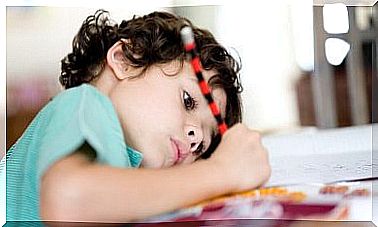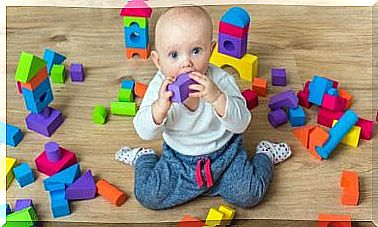10 Safety Rules That A Child Should Know

It is perfectly normal for parents to instinctively worry about the well-being and safety of their child from birth. While parents want to support and help their child as much as possible, they can’t always be by their side. Overprotection does not benefit the child, because at some point he or she must be able to face certain situations alone. To ensure safety, it is important to teach a child certain safety rules from an early age. Below we share ten safety rules that every child should know.
10 safety rules that a child should know

- A young child must not open the door of a home independently if he or she does not know who is behind it. This is especially true in situations where the child is alone at home. Also, you should not answer a call if the caller is unknown.
- The child must learn to ask for help when they need it. One important reason is bullying, either so that the child experiences it for himself or witnesses it. Bullying is very common and occurs among younger children. It is important for the child to understand that asking for help is not a sign of weakness.
- The child must be taught at an early stage that his body belongs only to himself and no one is allowed to touch it without permission. Only familiar and trusted persons are allowed to touch the child physically, and they are also not allowed to touch certain parts of the body. If a child experiences unpleasant behavior by an adult or another child, he or she must immediately report it to his or her parent or other trusted adult.
- Make sure your child knows their home address and parents ’phone numbers. The child should also memorize the emergency number 112. Tell the child that if he or she sometimes gets lost, he or she should stay in the same place and possibly ask for an adult’s help in the situation.
- Teach your child to cross the road safely using a protective road and waiting for the green light. The child must also look left, right and once again left before crossing the road.
- It is vital for a child to understand what is right and what is wrong. Teach your child that he or she should not keep secrets that make the child feel uncomfortable, scared, or worried. To this end, it is important to provide an opportunity for open communication with the child, without blaming the child for anything that happened.
- When a child starts using the Internet, it is important to sharpen the child so that he or she should never post any personal information on the Internet, such as home address, or talk to strangers.
- Teach your child that he or she should never go aboard a stranger, not even if the stranger claims to be a friend of the child’s parents. Parents or grandparents can pick up the child at a jointly agreed place. If parents or grandparents are late, the child should wait for them.
- Teach your child to defend themselves and say “Stop!” or “Leave me alone!” if he is disturbed. The child should learn to say “no” strictly if the child does not like something.
- The child should learn to play safely. Teach your child not to put small objects in their mouths or to play with toys with sharp parts. The child should also know that he or she does not have to do anything in the games that he or she does not want, even if someone presses on it. Also encourage the child to act according to their own inner feelings, not what someone expects of them. In this way, the child learns to act for himself without getting too much influence from other people and without worrying too much about what other people are saying or thinking about him.
All safety rules must be clear to the child, and the child must understand their meaning and consequences. So act as an example to the parent of the child, advise him or her, and be consistent.









